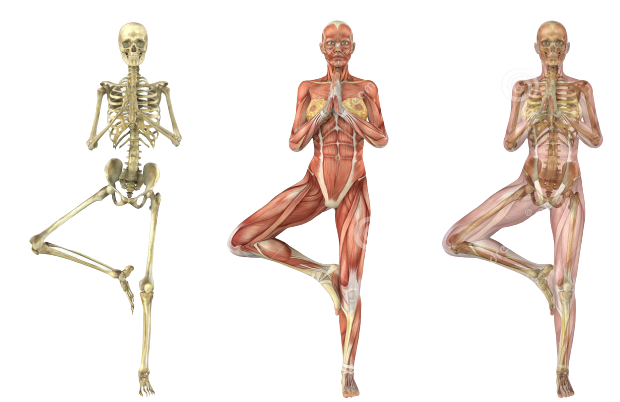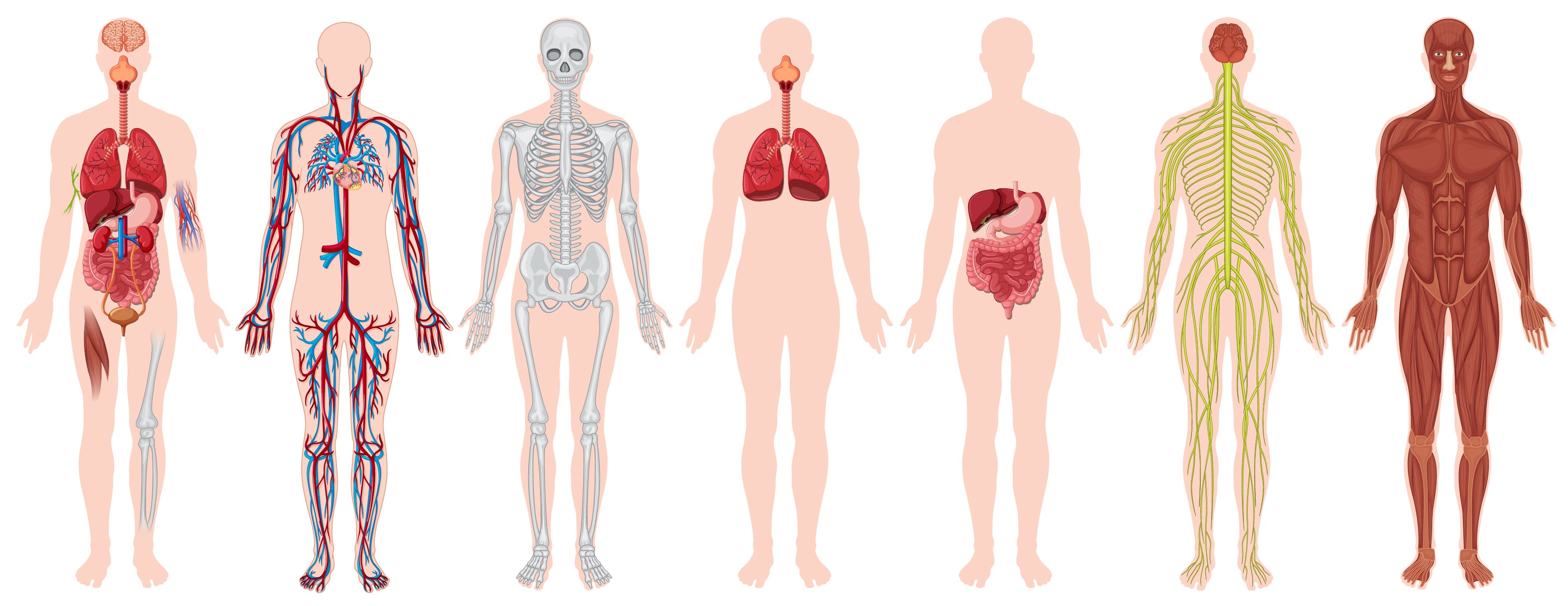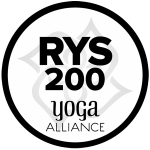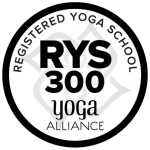When someone talks about Yoga, perhaps you imagine an individual sitting on a mat, twisting their body like corkscrew, as a challenging variety of exercise. There are bunch of others who only see yoga as another kind of exercise like running, swimming or Pilates. In fact, Yoga is such a lot more. And being a Yoga teacher requires an understanding of diversity and complexity of our own body through the anatomic perspective yet. Yoga Anatomy is commonly interacted in two major aspects. the primary one is either in preventive way for safe and injury free practice or to facilitate healing process after injury has occurred. The second is relative to logical understanding why we can’t do certain asana while pushing oneself too hard to try and do that asana. These conditions require adjustments and modifications which are guided by basic rules of anatomy for attaining any direction of movement. Yoga Anatomy delivers the technique together with anatomical modification or restriction in such instances.
6 Ways Yoga Anatomy Stands to Benefit You
- Dealing with the individual Concerns:
Knowing the anatomy of yoga will not only help you become a better yogi, but it will also help you become a better yoga teacher since you will be able to handle the individual concerns of your yoga students.

- Customized asana sequence:
You’ll have a logical foundation to build a sequence for practitioners that meets their physical, mental, emotional, and energetic demands because every area of the body has defined functions and is co-related with each other.
- Clear Cues:
Knowing yoga anatomy is essential for giving more precise and clear cues so that the practitioner, no matter how little he knows about yoga can get the instructions straight.
- Safety measures:
It will be easier for you to make required alterations in the asanas for the students while maintaining the highest level of safety.
- Achieving Alignment:
To bring right alignment in any kind of asanas, it is important to understand what body parts are supposed to be adjusted in a way that one can achieve it efficiently. This also helps to develop various techniques to bring about alignment in any kind of posture.
- Anatomical Scanning:
Once you’ve explored the body from the inside out, you’ll be able to diagnose problems and treat them scientifically using yoga anatomy. For example, Chandra Vedan, a simple breathing technique, can cool your body and quiet your mind.
A Few Asanas to Boost Your Body’s Systems:
Our bodies are made up of a variety of biological systems that perform specialized functions that are required for daily life. Here are a few asanas to keep your systems on the go.
- Respiratory System: Bhujangasana, Chakrasana
- Reproductory System: Badhakonasana, Setu Bandhasana
- Musculo-Skeletal System: Trikonasana, Veerasana
- Endocrine System: Halasana, Malasana
- Circulatory System: Sarvangasana, Shirsasana
- Excretory System: Navasana, Pavan Muktasana. Ardha Matsyendra Asana
- Integumentary System: Surya Namaskar
- Lymphatic System: Parvat Asana, Marjari Asana

ATTAINING EASE AND STABILITY
As Maharshi Patanjali quotes “Sthira Sukham Asanam” which translates to “asana is a steady, comfortable posture”. One can decode this sutra after diving deep in oneself which is the goal of any yoga practice. When you are new to yoga asana, you won’t feel the ease but with commitment and right technique your body will settle to whatever shape it is given. When physical or mental disturbances, stiffness or tension is experienced, the posture must be adjusted in some way. Only after being clearer about ones need, finding ease and stability becomes possible.
In fact, practicing yoga without a fundamental understanding of yoga anatomy is analogous to operating a device without first reading the instructions. Therefore, Yoga approaches should have both a scientific and a traditional foundation so both teacher and practitioners can address practical challenges precisely.
By Dr. Nivedita Pradhan
DMD (Doctor of Dental Medicine)
Registered Yoga Teacher











